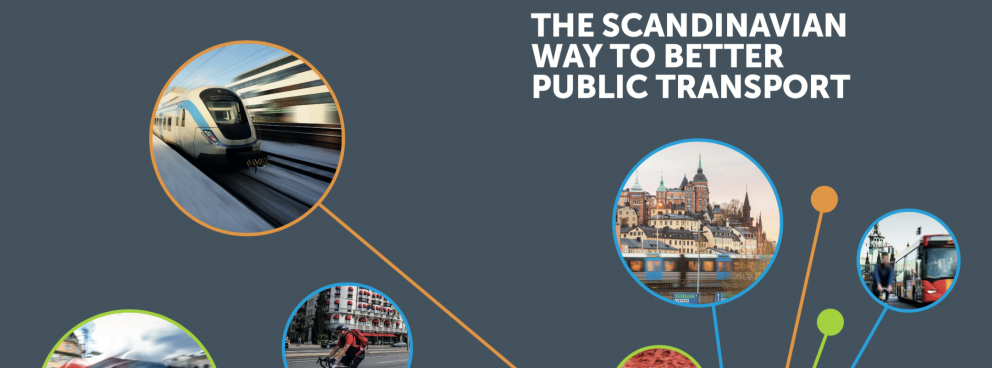The Scandinavian Way to Better Public Transport
inno-V is one of the authors of the report ‘The Scandinavian Way to Better Public Transport’. The report was written by Professor Tom Rye of the Transport Research Institute at Edinburgh Napier University with research support from colleagues from Lund University, K2 Swedish National Public Transport Research and Knowledge Centre, inno-V consultancy (Netherlands) and Urbanet (Norway). It was published on August 29, 2017 by the Urban Transport Group (an association bringing together and promoting the interests of Britain’s largest urban areas on transport).
The report shows how transport authorities in three Scandinavian countries (Sweden, Denmark and Norway) are using devolved powers to transform public transport for the better. It finds that the key characteristics of Scandinavian public transport include:
- high frequency services with high quality vehicles with good off peak provision
- smart and simple multi-modal ticketing (with multi-modal fares delivering excellent value for money in comparison to incomes)
- high levels of public transport use
- ambitious plans for public transport’s role in reducing carbon and toxic emissions through low or zero emission bus fleets and modal shift from other modes
- public transport strategies that align with wider national and sub-national goals for economic development, land use planning and social cohesion
- significant innovation including on vehicle technologies, smart ticketing and customer service
- levels of revenue support for bus services which underpin a high quality of service (with higher funding per head and per trip on bus than in UK city regions although in Swedish cities funding per bus trip is lower)
The report concludes:
‘Scandinavian countries have taken this approach because there is a political and public consensus that public transport is a public service. A public service that has a key role to play in tacking road congestion, reducing greenhouse gases and air pollution. A public service that also spreads the benefits of economic growth and promotes social cohesion through ensuring better connectivity within and between communities – including linking peripheral areas with the main towns and cities that are driving the wider economy.’
